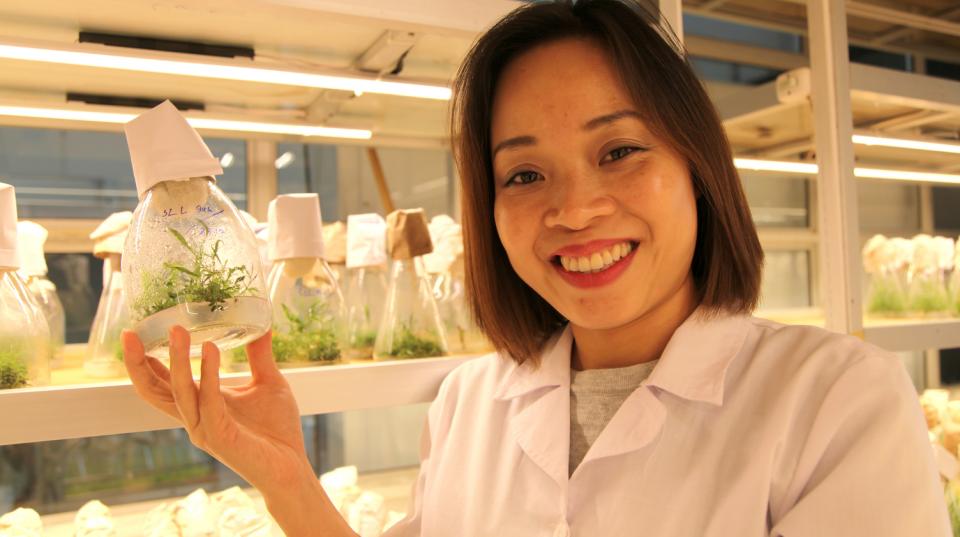Overview
This project aimed to reduce productivity impacts of diseases on acacia plantations and build capacity and collaboration on forest health in Indonesia, Vietnam and neighbouring countries.
Indonesia’s forest industries are dominated by the pulp and paper sector. To make these industries more sustainable and less reliant on sourcing pulpwood from native forests, Indonesia’s Ministry of Forestry has promoted policies that encourage the development of a plantation-based wood supply. Three species, Acacia mangium, A. crassicarpa and Eucalyptus pellita and hybrids currently account for most plantings because of their superior performance. Two significant diseases have been causing significant losses of planted trees in Indonesia.
About half of Vietnam’s plantation estate is managed or co-owned by smallholder farmers. The fungal disease Ceratocystis has recently caused up to 20% mortality of some acacia plantations in the country.
Effective disease and pest management, with a balance between research, extension and capacity-building, is important to sustain plantation forest productivity.
Project outcomes
- Widespread understanding of health constraints (beyond study areas) to forest production at regional level (SE Asia), and adoption of practices (appropriate management, good biosecurity) to overcome constraints.
- Empowered public and private sectors in Indonesia, Vietnam and neighbouring SE Asian countries to carry out collaborative and proactive research to protect forest resources.
- Reduced impacts due to major forest health issues and the perception that such problems will only get worse and not better is no longer a factor.
- Benefited communities and downstream processing industries from the increased availability of high-quality wood resources, and reduced pressure on native forests.







